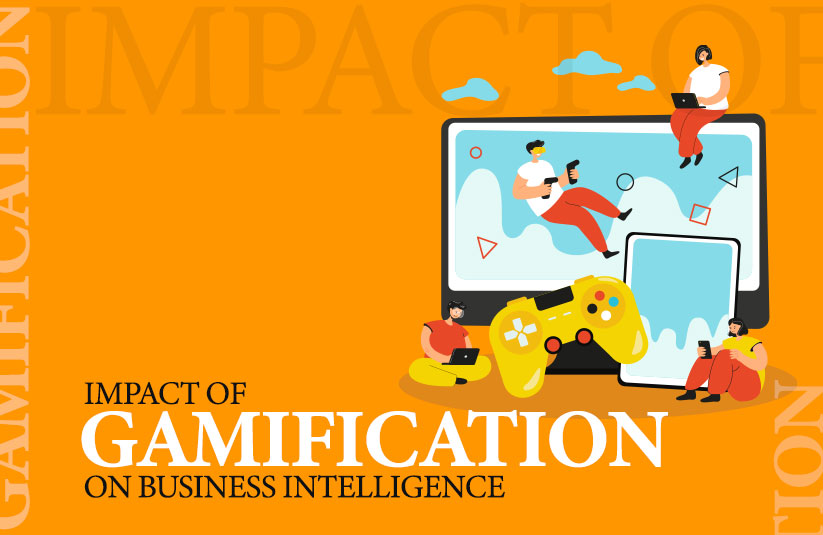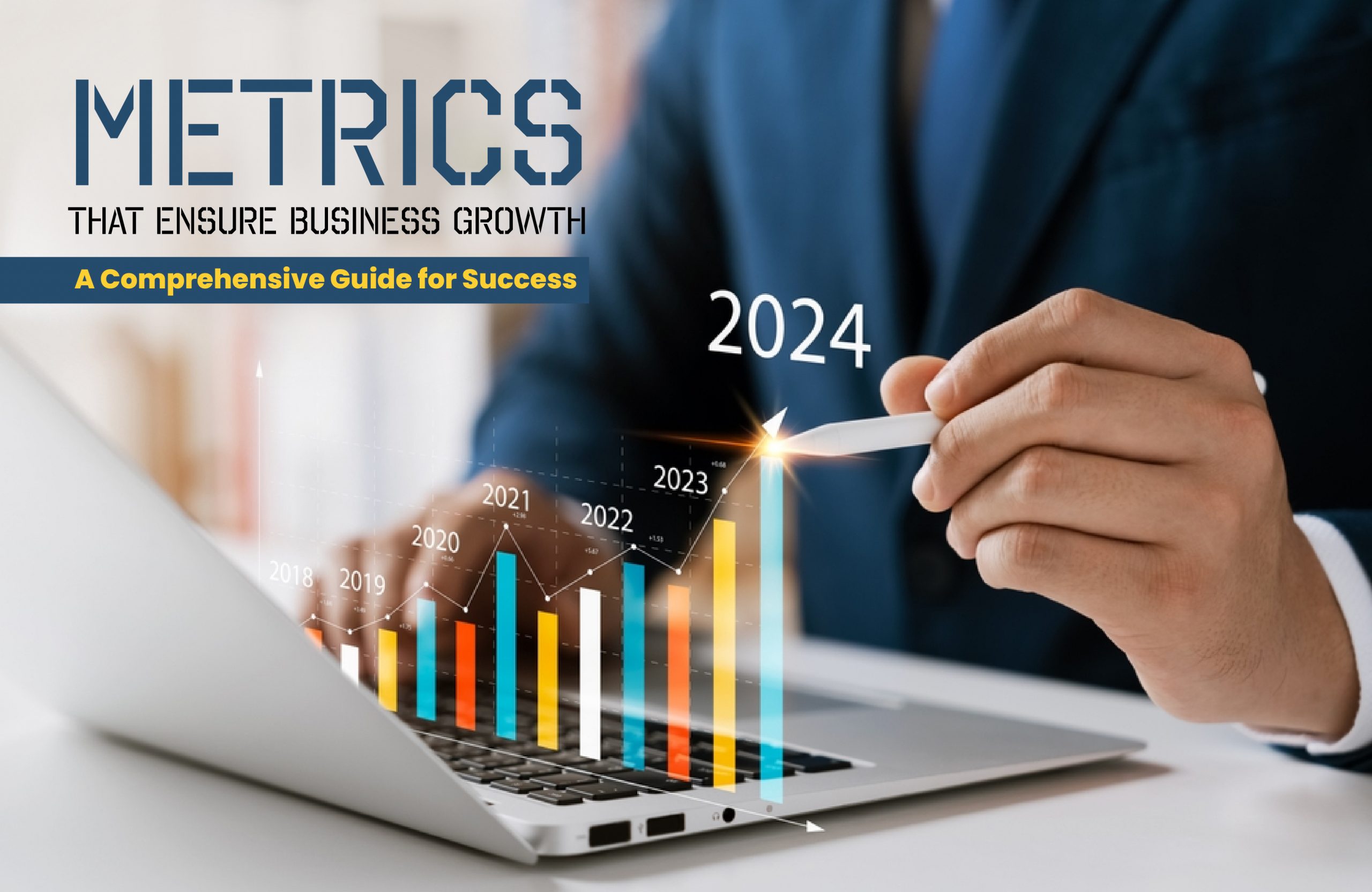Gamification is an essential component of contemporary business intelligence and ought to be applied as efficiently as feasible. The core of the business models of practically all significant organisations is business intelligence. They are learning a variety of fresh methods for gathering business intelligence, which is enabling them to forge a more significant competitive advantage. One trend that is reshaping the business intelligence sector is gamification. Gamification is being used by an increasing number of businesses to build more complex business intelligence models and boost their competitiveness.
Gamification – A Key concept of Business Intelligence System
Gamification has become a hot topic of conversation for many in recent years. It is an effective strategy and creative answer that encourages motivation. Gamification is a tool you may use in business to engage customers. This has to do with the application of gaming components outside of gaming. Businesses may easily improve employee engagement, improve operational performance, and increase productivity with the aid of gaming mechanics in training and other activities. So, gamification method is now used in areas other than only games and apps.
We enjoy playing games as humans because they provide us with benefits. Each and every person is drawn to this. Gamification is a vital technique that may maintain user engagement in the realm of consumer products, especially with applications and games. They continue to use the product as a result. Business intelligence tools and processes can benefit from gamification tactics. As a result, it might be used in a professional situation to accomplish the same objective, which is to raise user engagement.
What Is Gamification?
Gamification is the technique of employing game elements to reward people’s involvement and activity in order to drive results. Gamification is utilised in an organisation to complete tasks that can result in leads, sales, and other things. Algorithms can be created by business intelligence technologies that elegantly include gamification notions.
Leading Gamification Strategies
A gamification approach is a process that involves taking an already existing entity, such as an online community or software tool, and utilising the game technique to encourage ongoing participation. However, especially in the context of business intelligence, you shouldn’t mistake gamification for a real game. Instead, it concentrates on the game’s mechanics and how they work. It facilitates the creation of an easy method for corporate personnel to assess their own progress and foster ongoing engagement in their business.
Let’s look at the gamification strategies & impact of gamification on business:
Long-term benefits
Take the big picture into consideration regardless of what or who you are trying to gamify. People are easily agitated, and while some individuals in any group take pleasure in competition, others do not. Going too deep too soon is one of the main things you should avoid when implementing gamification in a company. Consequently, you must make sure that anything you do is suitable for the audience and won’t be a one-and-done presentation.
Share the framework
It is best to make the scoring structure available to all users when gamifying the employee advocacy programme. By doing this, you may aid everyone in comprehending the rules of the game, the objective, and the strategy for winning. Your business intelligence tools and models must be able to operate within a framework of this type. Gamification in the workplace obviously focuses on more important objectives like expanding brand awareness, generating new leads, and opening up new prospects.
Do not overemphasize rewards
You shouldn’t assume that employees will take part in it simply if the rewards are eye-catching and substantial. The most effective gamification strategy in a company revolves around rivalry. Big benefits have two significant drawbacks. Long-term funding of significant incentives is challenging. Keep in mind that you should constantly consider the long term, especially when using business intelligence applications.
All are winners
Everyone is a winner! Don’t take it literally, but you should consider participation when gauging performance. Regardless matter whether the top 10% are generating the majority of leads, if 90% of the participants are fully engaged in the programme, that might be a major success. Keep in mind that gamification in business is all about the team. In addition to rewarding high performers, you should also recognise all participants. If you don’t, you’ll see a significant decline in engagement.
Creative rewards
There is a distinction between what works and what doesn’t when it comes to the benefits. Non-business-related prizes and other reward items might not be very effective. Keep in mind that you are hosting a professional competition in a business setting. The gamification rewards that are most closely linked to recognition and professional growth are the best.
Conclusion
You now have a better understanding of how to grow or introduce the use of gamification tactics in your business to motivate and train your staff. You can use these insights and ideas to plan out and carry out a gamification strategy and programme at your business. The effect of gamification goes far beyond reaching greater heights!
Read Here: How Gamification Can Help Your Business?
FAQs
What is business intelligence?
Business intelligence integrates business analytics, data visualisation, data mining, infrastructure, data tools and best practises.
What is the impact of gamification?
The idea of gamification may offer an effective method for enhancing learning, including encouraging friendly competition.
Why gamification is important in business?
Gamifying training programmes can help motivate employees to advance in a variety of areas, such as leadership, stress management, communication, and negotiation skills.













